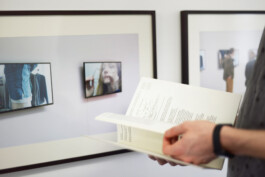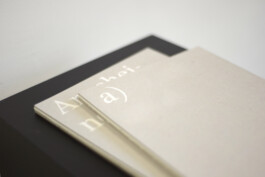"Anscheinend" is the title of my final year project at the University of Applied Sciences Darmstadt, Faculty of Design. "Anscheinend" is the German word for "apparently". This project explored authenticity in the design profession.
Nowadays, authenticity has become a value like no other. It is said that only by being true to yourself can you cope with our modern world, which is filled with artificiality and staging.
But what does design have to do with authenticity? Is there such a thing as authentic design? Doesn't all design require staging? When attempting to answer these questions, one quickly becomes involved in communication studies. Scholars suggest that every form of communication requires staging. The main challenge in attributing authenticity is that you cannot judge acts based solely on what you see. As a spectator, you must rely on visual cues and cannot access the intentions of the acting person. Even the acting person may not be fully aware of their real intentions. However, this doesn't make the concept of authenticity redundant—it serves as orientation.
"Anscheinend" examines the expectations of the audience and the intentions of the exhibitor. The goal of this exhibition was to demonstrate how authenticity is staged and generated. To achieve this, I "faked" my final project three times and exhibited these forgeries at three different locations within the graduation exhibition that took place in February 2016.
a)
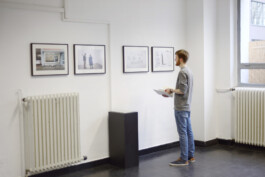
The first part explored "the original"—the hand-drawn and the first-person perspective. It asked: do you believe your eyes?

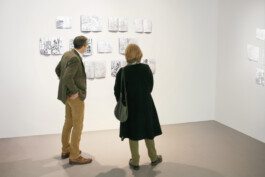
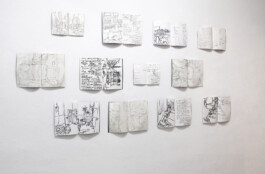
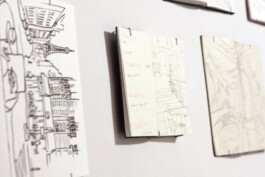
fake display window a)
fake room a)
fake project a)
fake detail a)
b)

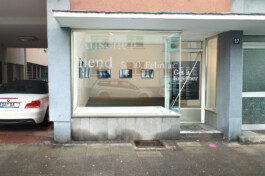
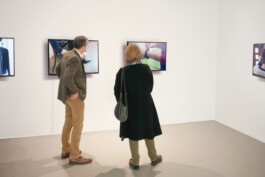
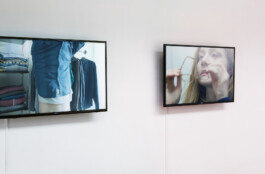
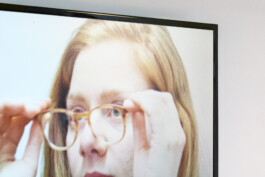
fake display window b)
fake room b)
fake project b)
fake detail b)
The second part examined clothing and fashion—how you present yourself to the world as an everyday form of staging and framing. Is it a true reflection or a calculated performance?
c)
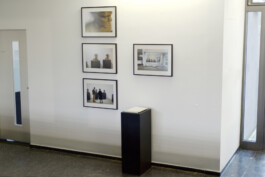
The third part investigated the outside view, featuring busts of myself that appeared identical from the outside but contained wildly different interiors. These differences were only visible through the object descriptions, raising questions about trust.
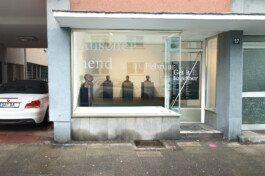
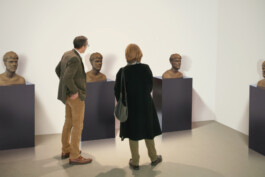
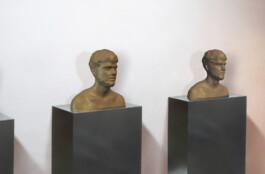
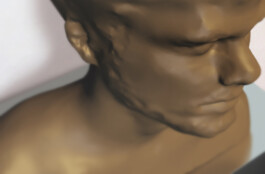
fake display window c)
fake room c)
fake project c)
fake detail c)
During the actual exhibition opening, many visitors genuinely believed my fake exhibitions were real. I achieved my goal.
